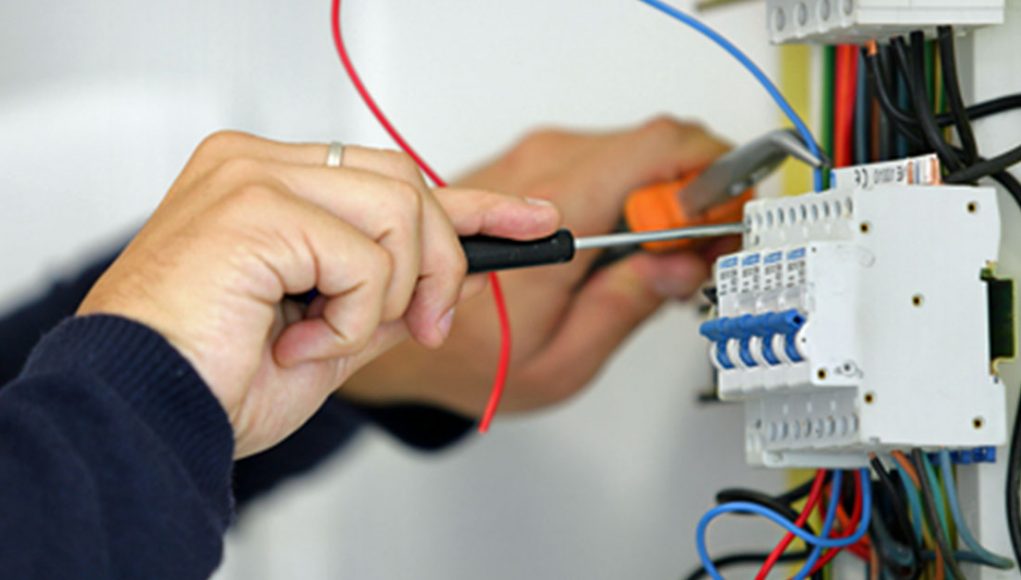Having a profitable business will make you progress among other competitors. If you have planned a new business and demand progression, then Electrical Estimating is one of the useful factors to opt for advancement in your business. You have to use methods and techniques that are immensely different from what you’re doing now.
Ultimately, the 5 Electrical Estimating methods are:
Post Contents
Intense guesstimating
An electrical guesstimate is a quantitative approximation not based on previously observed data. It generally relies on a gut-feel and a guess. It will attract a higher level of uncertainty. According to the Oxford Dictionary, estimation relies on a combination of calculations and guesswork.
In the electrical business world, estimation is a quantitative approximation, not backed by any previous data. In a dynamic environment such as electrical construction, the scope is a moving target. Therefore, guesstimating scope implies significant flexibility.
Budgeting
An “electrical budget quotation” is a rough estimate of the costs for construction. It prepares without a lot of detailed information on the quality and type of materials. Mainly, you break down the budgetary quotation by providing a Design Brief for the requirements for Electrical Supply, power, Lighting, Communications, etc. It shows assumptions and their associated costs. Your productivity in the idea of the cost can begin intelligent decisions about the feasibility. It elevates the scope and specifications of the project.
One main reason to complete a budget is to obtain full funding for the project and provide a cost-control mechanism for the electrical construction process. Developers can minimize exposure to cost overruns by accurately developing “real” costs. It helps in estimating an accurate scope of work for the project. Customers can then easily avoid disputes that almost result in cost overruns.
Labor Unit
The useful principle is to establish labor units. It helps to provide a separate labor unit for the installation of items under specific conditions. The overall operation breaks down into individual units; make it more accurate to estimate labor to determine for a given job.
Design and construct
A design brief is provided by spelling out the parameters of what customers want for the requirement of Electrical Construction. A design and conduct project approach requires the team to be responsible for having a concept that developed with the owner, complete the detailed design, and then proceed with the electrical construction. It is different from the conventional process. The contractors mainly bid to design that has been completed before the involvement. If they are a successful contractor, then Residential Electrical Estimators will execute the project.
A design and construct project approach requires the team to be responsible for having a concept that is mainly developed with the owner, complete the detailed design, and then proceed with electrical estimation.
These are the factors that an estimator has a comprehensive understanding of the cost of labor, materials, and equipment to mention the means and methods of both design and construction to accomplish design and construction tasks.

